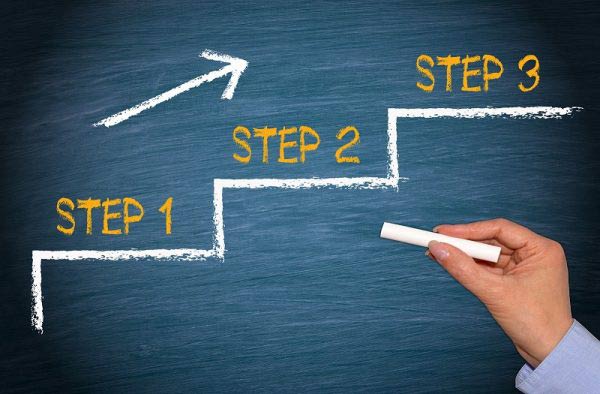🏢 9,000+ Organisations
🏆 6 x L&D/HR Awards
⭐ 4.8/5 Highly Rated
🧠 24 Years' Experience

Incoming employees, departing bosses, new software, company merges, new initiatives… these are all changes in a company that cause both employees and processes to go through transitions.
These changes can lead to stress, a host of unknowns and chaos to break out in the workplace.
Change is very advantageous if managed properly, that’s why many organisations provide change management training for their people.
A change management strategy is helpful to have a plan to carry out the changes successfully.
But what is the best change management strategy?
Although it depends on your needs, the most important thing to remember is that entire team must be on board, as they will ultimately be the ones to implement the transitions.
As such, a model that focuses on the staff is the best strategy to manage change:
Kotter’s 8-Step Change Model
A professor from Harvard Business School and published author of Leading Change, John P. Kotter developed this model to train leaders in planning for upcoming changes.
Managers must understand that they have to prepare their employees for transitions and work with them to handle the unknowns.
He developed an 8-step strategy to do this, which includes:
1) Explain the Reason for Urgency
Don’t keep the information from your employees, and involve them in the decision making process to make it clear why the changes are happening, and the reasons that time is of the essence.
2) Promote Teamwork
Include your employees in the entire process, asking for their input on the best ways to implement the changes.
3) Create a Vision
Work on a plan with the big picture in mind, and then break it down into smaller objectives that can keep your employees accountable for the role they play in accomplishing the goals.
4) Communicate Effectively
Ensure regular and timely communication with your team so that everyone is on the same page and no one is left out.
5) Comfort the Pessimists
A handful of pessimists can derail the project for everyone. Give extra time to those people to quell their fears and help them adjust.
6) Reward Small Wins
Some changes can take months or years to accomplish, which is difficult for employees to visualise. To promote motivation, focus on small wins and recognise your staff’s efforts on a regular basis.
7) Don’t Celebrate Early
Remember that follow up and follow through is everything when it comes to transitions. Don’t throw in the towel and call it a day on the first day that the change has taken place. Make sure to give yourself and your team the time to assess results and fix any kinks in the system.
8) Make the Transitions a Part of your Corporate Culture
Create a system that makes it easy to implement change. Reward innovation and creativity to foster new ideas, and make them come to light.

Written by Sean McPheat
CEO of MTD Training and Amazon bestselling author. Sean writes about leadership, business, and personal growth, drawing on 20+ years of experience helping over 9,000 companies improve performance.
Updated on: 10 September, 2018
Related Articles

Search For More 